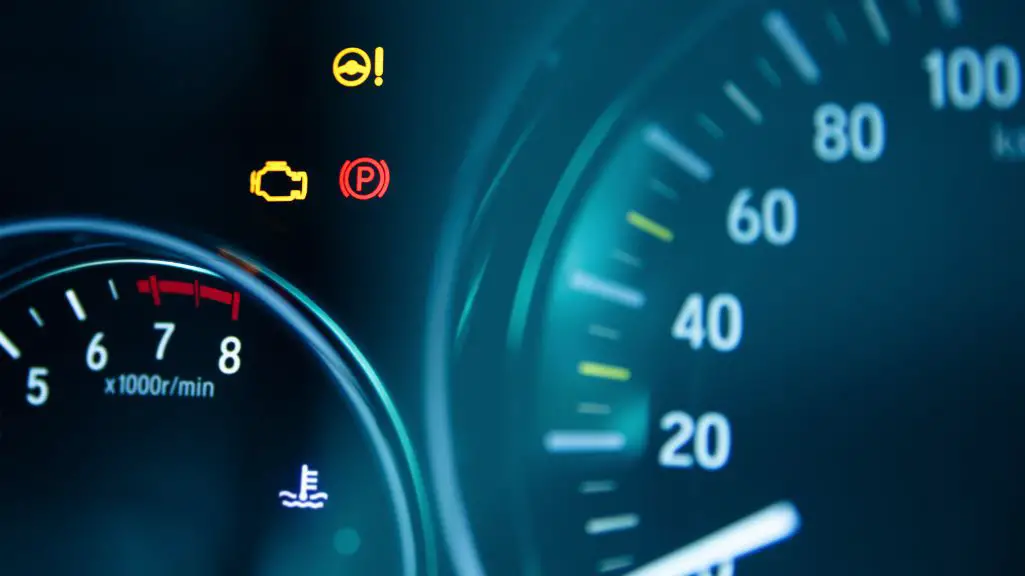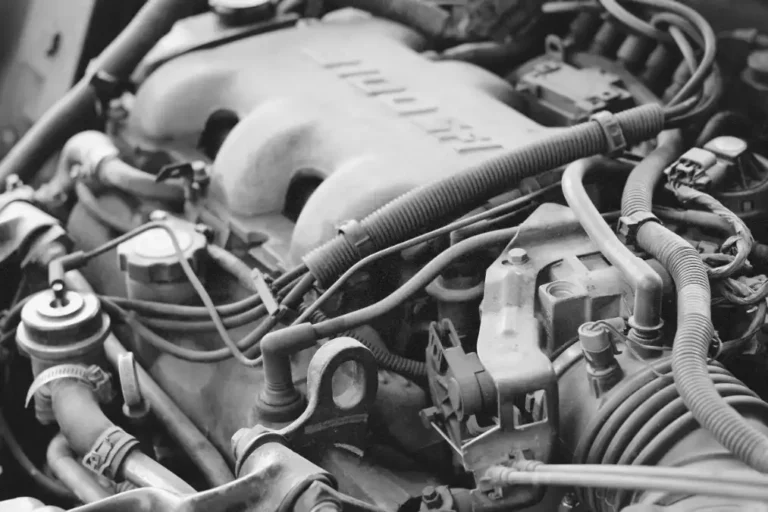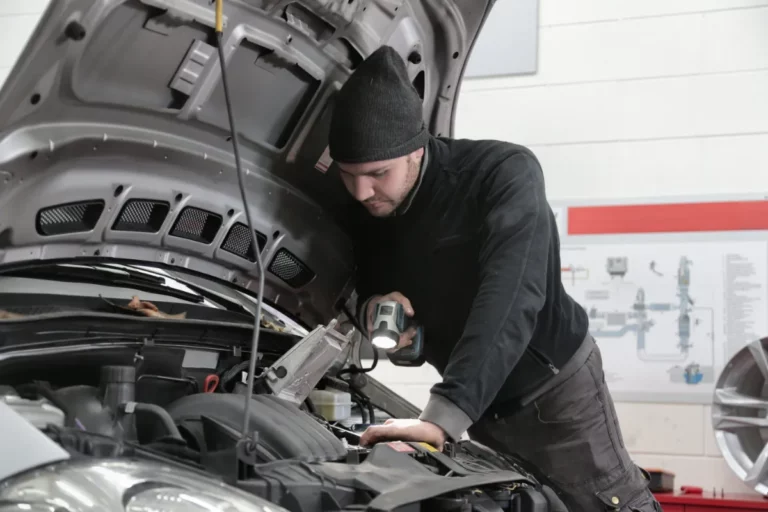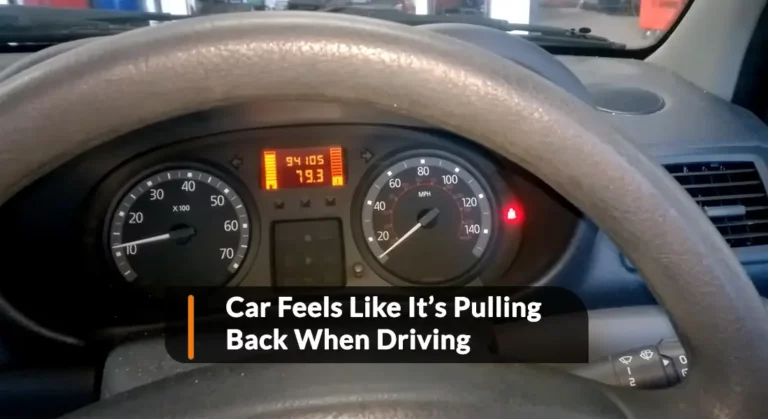All Warning Lights Came On In Car – How to Fix It?
To warn drivers of possible problems or malfunctions, modern automobiles come with a variety of warning lights.
While it is usual for one caution light to glow on occasion, it may be extremely scary when all of the warning lights turn on at once.
In this post, the reason why the all warning lights came on in car will be examined. Read on to learn how to identify and fix these problems.

Common Causes of All Warning Lights Came on in Car
When all of a car’s warning lights illuminate simultaneously, it may be a sign of a larger issue involving many systems. The following are some typical reasons why all caution lights illuminate:
- Battery or charging system problem: The warning lights may come on due to a weak or failing battery, a malfunctioning alternator, or issues with the charging system. A lack of power supply can cause a number of electrical issues.
- Faulty Ground Connection: For a car’s electrical systems to operate properly, the ground connection is crucial. Poor or incorrect ground connections might result in unpredictable behavior and turn on a number of warning lights.
- Faulty instrument cluster: All of the warning lights may illuminate simultaneously if the instrument cluster is malfunctioning. This may be the result of a cluster-wide failure, a problem with the cluster’s wiring, or a software bug.
- ECU issues: When it comes to all of the dash lights going on, the ECU is frequently to blame. Problems with the ECU and dash lights might result from a few different factors.
- A faulty connection between the ECU and the dash light is one example. Another is an issue with the actual ECU.
- Loose or Damaged wiring issues: Erroneous signals can be delivered to the instrument cluster by issues with the wiring harnesses, connections, or communication networks.
- This activates warning lights. This phenomenon may happen following an accident, as a result of aging and wear and tear, or for a variety of other causes.
- Faulty sensors: Numerous sensors are used by modern cars to monitor a variety of vehicle functions. Multiple warning lights can be triggered by a sensor that isn’t working. These may be a faulty wheel speed sensor, oxygen sensor, or engine sensor.
- Overheating: The engine coolant warning light may come on if the engine temperature increases significantly. Other warning lights may occasionally come on as a precaution due to excessive engine temperatures.
How to Fix All Warning Lights Came on In Car Issue?
Here are a few steps you may take if you want to do some early troubleshooting on your own:
1. Check the Battery Connections
Check the battery connections first to make sure they are clean, and tight. Multiple warning lights can be activated by electrical problems brought on by loose or corroded connections.
2. Scan the Error Codes
The onboard diagnostic system (OBD-II) in the majority of contemporary cars is capable of storing error codes for a number of different automotive systems.
To get these codes, you may use an OBD-II scanner, which you can either buy or rent from an auto parts store.
To read the codes, connect the scanner to the OBD-II connector. The connector is often found under the dashboard. These codes might offer useful details about the particular systems or components that are having problems.
3. Visual Inspection
Check the engine bay visually for any disconnected or loose hoses, frayed wiring, or other damaged parts.
A short circuit or a fault with the fuse box might be the source of an electrical system issue. Another technique involves inspecting the fuses and relays.
4. Test the Battery and Charging System
If the battery is thought to be the root of the problem, you may check its voltage using a multimeter. When the engine is off, a good battery should register approximately 12.6 volts.
The alternator should output a voltage measurement of between 13.5 and 14.5 volts while the engine is operating. The measurements may point to a problem with the battery or charging mechanism if they are much lower or higher.
5. Check the Fluid Levels
Ensure that all necessary fluids, including transmission fluid, engine oil, coolant, and brake fluid, are at the correct levels.
Warning lights might be activated by low fluid levels. Any fluids that are noticeably low might be a symptom of a leak or another issue that needs to be addressed.
6. Identify and Fix the Problem
The precise underlying problem that is causing each warning light to illuminate will determine how to resolve it.
First, try to identify the root of the issue based on the diagnostic procedures you’ve followed. These may be looking for error codes or doing visual inspections.
If you’ve located specific error codes or frequent problems linked to them, look for the suggested fixes in online discussion forums and repair manuals.
7. Replace any Faulty Components
Replacement may be required if certain components. A broken sensor, defective module, or damaged wiring are found to be the root of the issue for most of the time.
If you are unfamiliar with performing vehicle electrical repairs, it is typically advised that you seek expert help.
8. Contact the Dealer or Manufacturer
Multiple warning lights may occasionally be activated by problems with the electrical control modules or software of the automobile. To learn about any software upgrades, contact a dealership or an authorized service facility.
Depending on the precise design, addressing the issues that are causing all the warning lights to come on may be different. Consult your dealer or the manufacturer if the issue persists.
All Warning Lights Came On In Car- (FAQs)
1. If all of my car’s warning lights turn on, should I be worried?
– Yes, it is crucial to take all warning lights carefully, particularly when they illuminate simultaneously. It suggests a possible issue that needs to be addressed.
2. Can I still drive my car with all warning lights on?
– When all of the warning lights are on, it is typically not advised to keep driving.
3. Can all warning lights turn on with a dead battery?
– Yes, several warning lights might turn on when a battery is weak or dead.
4. Can I fix the problem of all warning lights coming on by myself?
– You can do easy diagnostic and repair on your own. An expert technician may be able to address some problems, such faulty sensors or weak connections.
Related articles:





![Serpentine Belt Noise When Accelerating – [Try This Easy Fix!]](https://taxiwiz.com/wp-content/uploads/2023/08/Serpentine-Belt-Noise-When-Accelerating-problems-768x426.jpg)